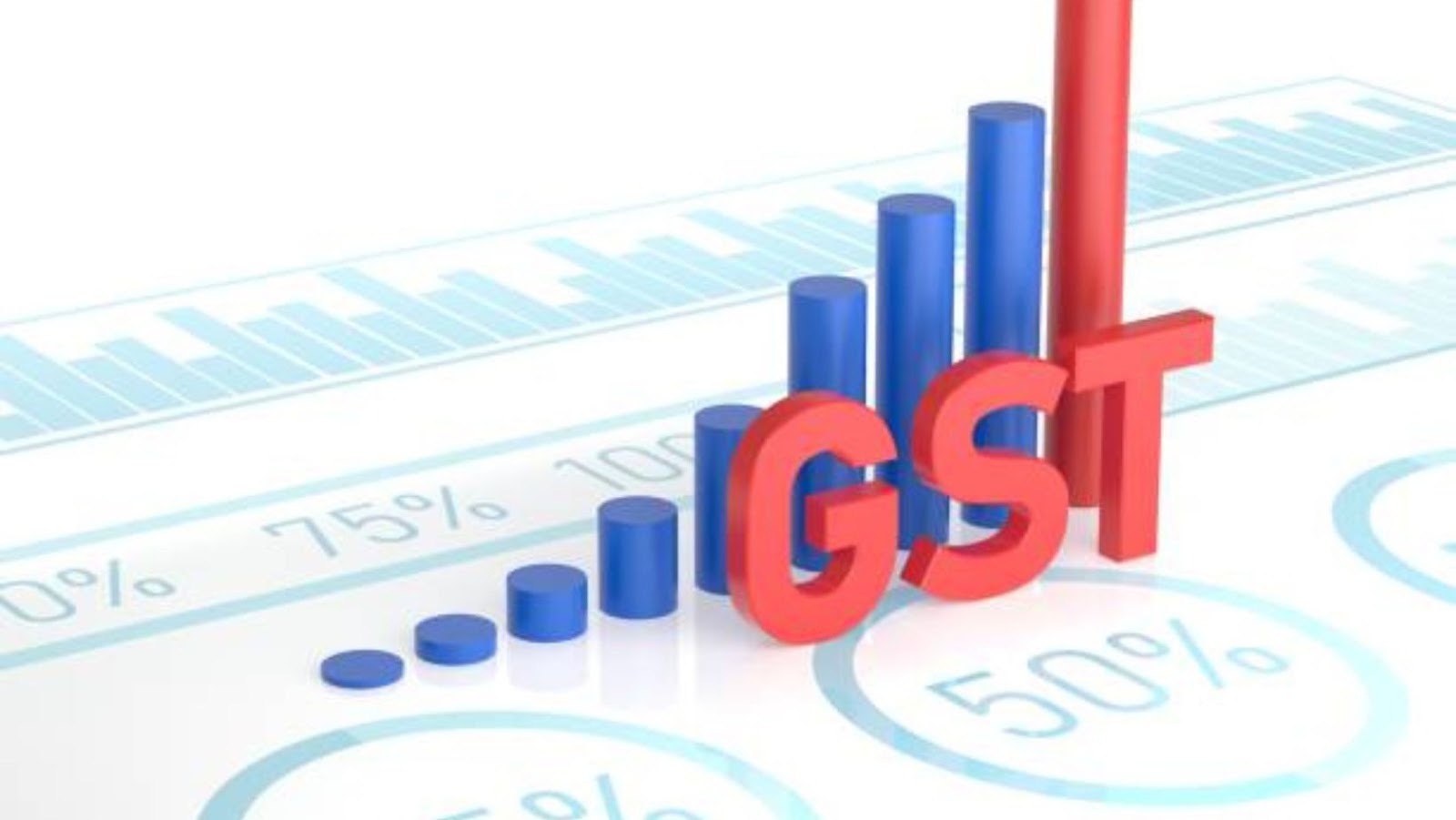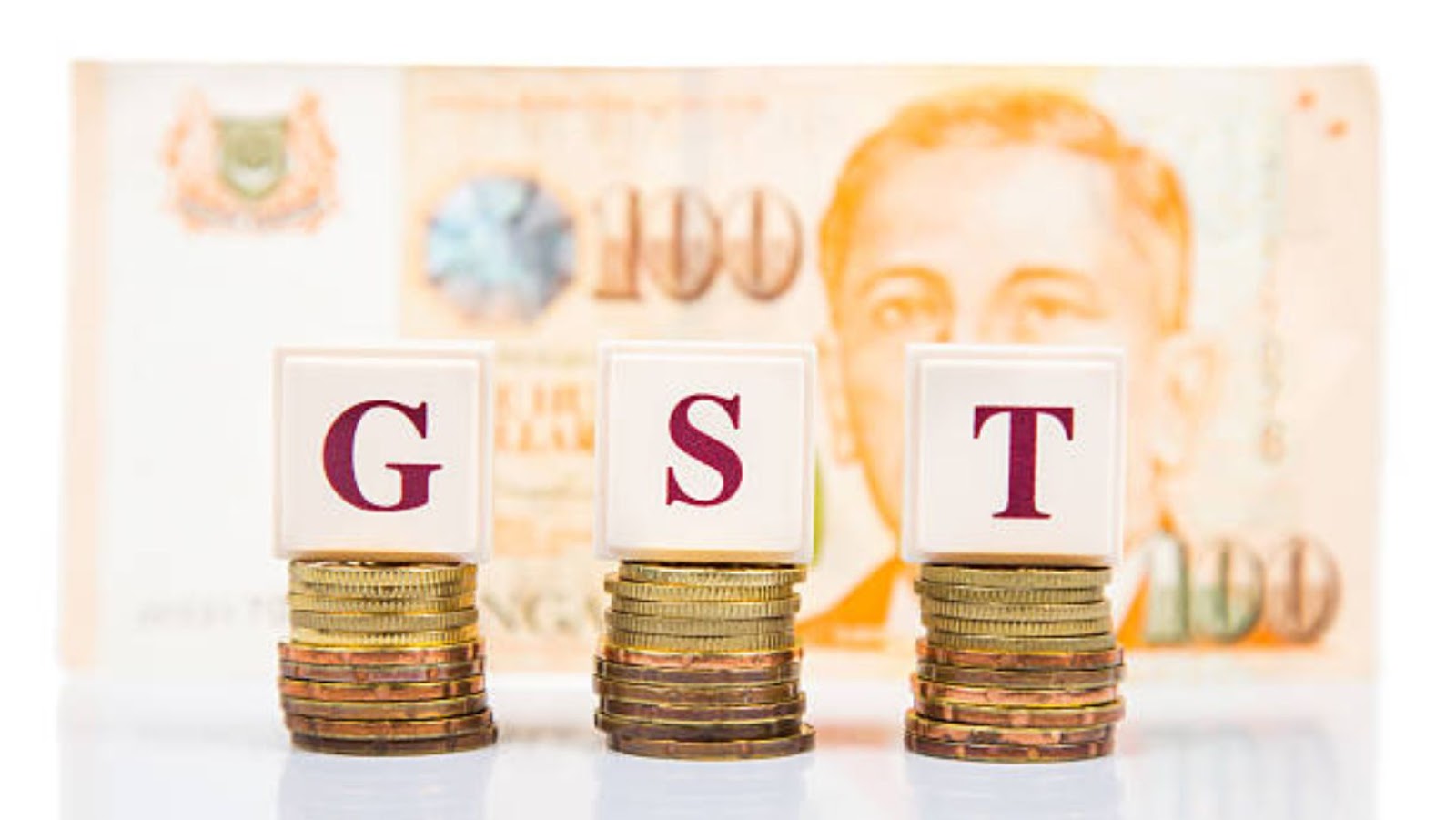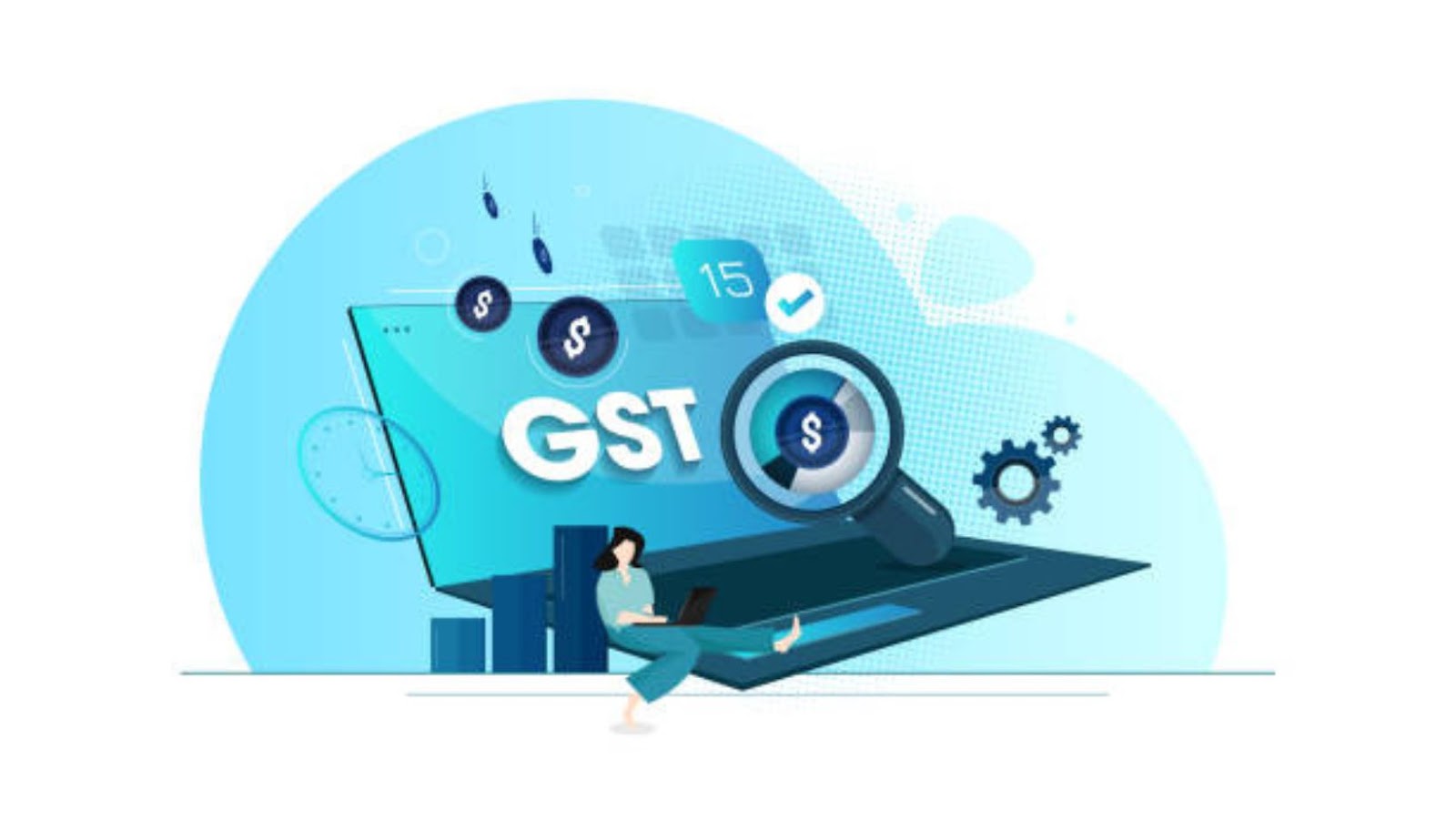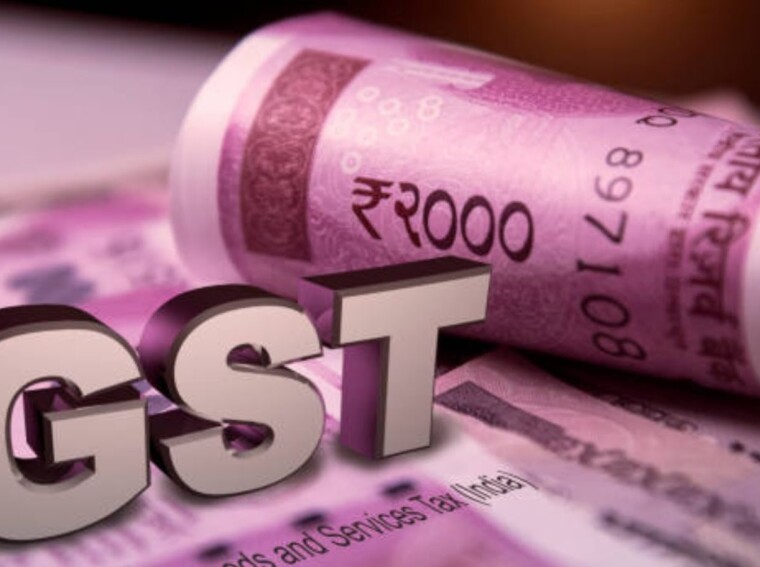GST, or the Goods and Services Tax, is a value-added tax levied on the supply of goods and services in India. It is designed to replace multiple taxes such as excise duty, service tax, VAT, etc., and streamline the taxation process for businesses and consumers.
GST can impact businesses positively by simplifying the tax system and reducing compliance costs. It can also significantly reduce tax evasion and create a level playing field for all businesses. For consumers, prices of goods and services may increase or decrease depending on the GST rate, but the overall tax burden on consumers is expected to reduce.
However, businesses and consumers must know the various GST rates, registration requirements, and compliance procedures to avoid penalties or legal issues. In addition, businesses must update their accounting and invoicing systems to comply with GST regulations.
Pro Tip: Keep track of GST changes and updates by regularly checking the official GST portal or consulting a tax expert.
Understanding GST
The Goods and Services Tax (GST) is a consumption tax proposed by the Government of India and implemented in 2017. It is a single, unified tax across the country that replaces many existing taxes such as Value-Added Tax, Central Sales Tax, and various other taxes.
In this article, we will look into the basics of GST, how it is applied, and how it will impact businesses and consumers.
What is GST?
GST, or Goods and Services Tax, is a unified taxation system implemented in India on July 1, 2017. It replaced the previous system of multiple taxes, such as VAT, service tax, and excise duty, with a single tax that applies to the manufacturing, selling, and consuming goods and services across the country.
GST has had a significant impact on both businesses and consumers. It has simplified tax compliance and reduced the burden of multiple taxes for businesses. However, it has also led to a shift in pricing strategies and supply chain management. For consumers, GST has resulted in uniform tax rates across the country, which has decreased prices for certain goods and services.
Overall, GST has helped streamline India’s tax system and create a more transparent and efficient taxation structure.
Pro tip: If you are a business owner, it is crucial to understand the impact of GST on your operations and pricing strategies. Consider seeking professional advice to ensure compliance and optimize your business’s tax management.
Why was GST introduced?
The Goods and Services Tax (GST) was introduced to replace the pre-existing multiple indirect taxes levied by India’s central and state governments. This simplified tax system aimed to streamline taxation across the country, reduce corruption and increase revenue by bringing more transparency to the tax system.
GST also aimed to create a single market where goods and services could be traded more easily without the restrictions of different state borders. In addition, by simplifying the tax system, the government hoped to make it easier and less expensive to do business nationwide.
The introduction of GST had a significant impact on businesses and consumers as it changed how businesses needed to keep track of their tax compliance and increased the tax burden on certain products and services.
Pro tip: Businesses and consumers need to understand the implications of GST and how it impacts their business and personal finances. Staying informed and up-to-date on the latest GST changes can help to avoid costly mistakes and ensure compliance.
How does GST work?
Goods and Services Tax, or GST, is a comprehensive indirect tax levied on the production, sale, and consumption of goods and services throughout India. It has a multi-stage implementation process, from manufacturers to consumers, with the crediting of taxes paid at the previous stage.
GST aims to streamline multiple indirect taxes and create a uniform tax structure across the country. GST has two main components: Central GST, administered by the Central Government, and State GST, administered by the State Government. Companies with pan-India operations must register under both components.
Under the GST regime, taxes are levied on the value added to goods or services, with credit given for the taxes paid at the previous stages of production. GST implementation has led to increased compliance and transparency in the tax system, and has helped to reduce the cascading effect of taxes on goods and services across the country.

Impact Of GST On Businesses
The Goods and Services Tax (GST) is being hailed as India’s biggest tax reform in years. The GST is expected to bring a simplified taxation system, reducing compliance costs and creating a nationwide unified tax regime.
With the implementation of the GST, businesses will experience significant changes that could potentially mean cost savings and increased profits. However, some negative effects could also arise. Let’s look at the GST and its impact on businesses.
GST registration and compliance
Goods and Services Tax (GST) is a comprehensive tax system that integrates most indirect taxes imposed on goods and services by the Central and State governments. Its impact on businesses is significant, as it simplifies the tax system, reduces compliance costs, and promotes transparency.
GST registration is mandatory for businesses whose annual turnover exceeds Rs. 40 lakhs, and Rs. 20 lakhs in some special category states. It is essential to file regular returns and comply with the GST council’s rules and regulations.
Non-compliance may result in penalties and legal consequences. The GST council has also implemented a helpdesk to assist business owners with any queries and clarifications regarding GST.
In conclusion, while registering for GST and ensuring compliance may seem daunting, it can benefit businesses and consumers in the long run by streamlining the tax system and promoting transparency.
Pro Tip: Seek the assistance of a qualified chartered accountant or a GST Practitioner for smoother GST registration and compliance.
Input tax credit
Input tax credit is a mechanism introduced under the GST system that allows businesses to claim a credit for the taxes paid on purchasing goods and services used in their business. This credit can be used to reduce the overall tax liability of the business. This system aims to reduce the cascading effect of taxes and promote the seamless flow of credit across the supply chain.
By implementing input tax credit, the GST has positively impacted businesses by simplifying the tax structure, reducing tax evasion, and promoting compliance. In addition, businesses that operate across multiple states or deal with multiple tax jurisdictions also benefit from this system as it provides a uniform and centralized tax structure across the country.
However, businesses must also ensure that their suppliers are registered under the GST system and comply with the relevant regulations to claim input tax credit. This ensures that only legitimate claims are made and that the system benefits all parties involved.
Pro Tip: Businesses must maintain accurate records of all transactions and taxes paid to claim input tax credit under the GST system.
Pricing of goods and services
Goods and Services Tax (GST) is a single tax system that has replaced multiple indirect taxes in India. GST has impacted businesses and consumers in many ways, including pricing.
The impact of the GST on businesses has been significant, particularly in terms of pricing. Here are some key ways in which GST has affected pricing:
Uniform pricing: Previously, state and local taxes differed from region to region, making it difficult for businesses to have a uniform pricing system. With GST, businesses can have a single pricing system across India.
Input tax credit: Businesses can claim input tax credit on the GST they pay while purchasing goods and services. This helps them reduce costs, which has impacted the pricing of goods and services.
Integrated tax: Under GST, the bulk of the tax is integrated, which helps reduce the cascading of taxes. This has helped lower prices and make goods and services more affordable.
Overall, GST has positively impacted businesses and consumers in terms of pricing. While there may have been some initial teething issues, the benefits of GST are many and far-reaching.

Impact of GST On Consumers
The Goods and Services Tax (GST) is an important overhaul in the Indian taxation system that is likely to have far reaching impacts on businesses and consumers alike. It will change how goods and services are taxed, making it easier to do business, eliminating cascading taxes and reducing the overall tax outgo.
This article will focus on the GST’s impact on consumers.
GST on essential items
GST on essential items refers to the application of goods and services tax on the products necessary for people’s basic needs.
The GST Council has exempted certain essential items such as grains, dairy products, meat, vegetables, and fruits. However, some essential items still attract GST, such as edible oil, sugar, tea, coffee, and spices.
The impact of GST on consumers is mixed. GST has brought transparency and uniformity in tax rates, which has reduced prices for some consumer goods. However, the price rise of some essential items has burdened the common man, especially those from lower-income groups.
It is crucial to balance the need for revenue generation by the government and protecting the consumers’ basic needs by revising GST rates accordingly.
GST on luxury items
Goods and Services Tax (GST) on luxury items significantly impacts the pricing and consumption of these products by consumers.
GST is levied on luxury items such as high-end cars, jewelry, and electronic gadgets at higher rates than other items, resulting in higher prices. This, in turn, reduces the demand for these items as consumers tend to look for cheaper alternatives to avoid the high tax burden.
However, GST has also played a positive role in curbing the black market and improving compliance. In addition, the introduction of GST has brought many luxury products under the tax net, preventing the evasion of taxes.
Overall, GST on luxury items has made these products more expensive for consumers and increased revenue generation for businesses and the government.
Impact on prices of goods and services
The implementation of GST has had a significant impact on prices of goods and services for consumers. GST, or Goods and Services Tax, is a consumption tax that has replaced various indirect taxes and levies. GST has been levied on all products and services, including essentials like food and healthcare, previously untaxed or taxed at a lower rate.
The implementation of GST has made goods and services cheaper for some customers, while it has led to increased prices for others. Many businesses have passed on the burden of GST to consumers, thereby increasing the cost of goods and services. Furthermore, some consumers are also spending more money on account of the higher tax rates for certain goods and services.
While GST aims to simplify the tax system, its effects on consumers are still felt, with mixed consequences.

Rajkotupdates.news:gst-council-no-gst-will-be-charged-on-these-14-items
The GST Council, at its latest meeting, announced several exemptions and clarifications on the GST (Goods and Services Tax). The GST Council agreed to exempt 14 items from GST charges, including cycle rickshaws, stone and marble, and handloom items.
This is a good sign as it can benefit both businesses and consumers. Let’s dive deeper into the exemptions and clarifications made by the GST Council.
No GST will be charged on these 14 items
In a recent announcement made by the GST Council, 14 items have been exempt from the Goods and Services Tax (GST), making them more affordable for consumers. This move is expected to significantly decrease the financial burden on households and boost their purchasing power.
The following is the list of products that are exempt from GST:
1. Sanitary napkins
2. Deities made of stone, marble, and wood
3. Raw materials used in broom making
4. Saal leaves
5. Phool Bhari Jhadoo (traditional broom)
6. Khali dona (leaf plates)
7. Sal leaves
8. Indian National Flag
9. Human Blood and its components
10. Contraceptives
11. Raw tamarind
12. Kajal, Kumkum, and bindis
13. Glass bangles
14. Lactating pads
Pro tip: Keeping a tab on GST announcements and exemptions can be beneficial for consumers and small business owners.(*Wink*)
Exemption for small and medium enterprises
Small and medium enterprises (SMEs) have been granted certain exemptions and clarifications under the Goods and Services Tax (GST) regime implemented in India in 2017. This move aimed to make the tax compliance process easier for small businesses and boost economic growth.
The GST council has exempted businesses with an annual turnover of less than Rs. 40 lakhs (Rs. 20 lakhs for some special category states) from the GST registration process. SMEs can also opt for the Composition Scheme, which allows them to pay a flat tax rate (up to 1%) on their turnover, regardless of their actual tax liability.
Additionally, the GST council has clarified that goods and services used for business purposes are eligible for input tax credit. This means that SMEs can claim refund of the taxes paid on inputs, reducing their overall tax liability. By providing exemptions and clarifications for SMEs, the GST council has encouraged more small businesses to register under GST, making them an integral part of India’s formal economy.
GST council’s clarifications on GST rates
The GST council has clarified GST rates to help businesses and consumers understand the complex tax system better. These clarifications and exemptions remove ambiguity and simplify the tax system.
Here are some of the key clarifications provided by the GST council:
1. GST on sanitary napkins, fortified milk, and disability aids has been reduced.
2. GST on solar power generating equipment and certain handicrafts has been exempted.
3. Input tax credit can be claimed on all products, except for motor vehicles and food-related items, even if they are used for personal purposes.
These clarifications and exemptions will undoubtedly make the GST system more understandable and help businesses plan their finances better. Pro Tip- Businesses should regularly review the GST council’s clarifications and updates to ensure compliance and avoid legal issues.

GST Implementation And Challenges
In July 2017, The Goods and Services Tax (GST) was implemented in India for the first time. It replaced all existing taxes such as Value Added Tax (VAT) and Service Tax. GST is a multi-stage, destination-based tax on the consumption of goods and services. Its implementation has brought many challenges and opportunities for businesses and consumers alike.
Let’s take a look at some of these challenges.
GST implementation process
Implementing GST or Goods and Services Tax is one of India’s biggest changes in indirect taxation. Here’s how the GST implementation process works and the challenges in its implementation.
The GST implementation process involves various steps, including registering for GST, filing returns, and paying taxes. Businesses must register for GST through the GST portal and obtain a GST identification number (GSTIN). They must then file monthly or quarterly GST returns based on their turnover. The payment of taxes is also done through the GST portal.
One of the main challenges in implementing GST is the lack of clarity and understanding among businesses. Many businesses struggle to understand the GST compliance requirements and the tax calculations. This has led to delays in GST registration, returns filing, and payment of taxes. The other challenge has been the technical glitches businesses face when using the GST portal.
Despite the challenges, GST has revolutionized the Indian taxation system and brought much-needed transparency and accountability.
Pro Tip: Hire a GST expert or consultant to simplify tax compliance requirements and reduce errors in filing returns.
Challenges faced during GST implementation
The Goods and Services Tax (GST) is considered one of India’s biggest tax reforms. However, its implementation came with challenges that affected taxpayers and businesses, both big and small.
Here are some of the challenges faced during the implementation of GST:
1. Lack of clarity: Initially, there was a lack of clarity regarding the GST rules, rates, and compliances, which created confusion among taxpayers.
2. Technical glitches: The GST portal faced several technical issues, such as slow processing times and system errors, which made it difficult for businesses to file their returns on time.
3. High compliance costs: GST compliance requires businesses to file multiple returns each year, which increased the compliance costs for small businesses and startups.
4. Increase in prices: The implementation of GST led to increased prices of many goods and services due to higher tax rates.
These challenges affected businesses and consumers, making it a difficult transition period. However, the GST system has stabilized, resulting in a more streamlined tax structure for the country, benefiting the overall economy.
Future outlook for GST in India.
The future outlook for GST in India looks promising, as the government continues to make significant progress in improving the implementation and addressing the challenges of this tax reform.
While the GST implementation in India faced several challenges, ranging from technical glitches to lack of awareness, the government has proactively made changes and improvements.
The GST has enabled businesses to reduce their tax compliance burden and streamlined India’s complex tax system, improving India’s economic growth.
As more taxpayers embrace the GST system, the tax base is expected to expand significantly, leading to increased revenue collection and better compliance. The GST has also enabled free movement of goods and reduced logistics costs, ultimately leading to consumer savings.
The GST has tremendous potential to transform and unify India’s economy. With the government’s commitment to continuous improvements, it’s only a matter of time before these benefits come to fruition.
Pro tip: Businesses and consumers alike should continue to stay informed and updated about any changes in GST policies to better plan and manage their taxes.
